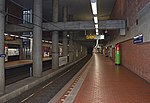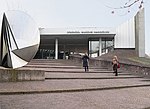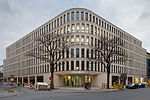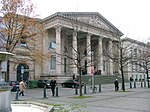New Town Hall (Hanover)
1913 establishments in GermanyBuildings and structures in HanoverCity and town halls in GermanyGovernment buildings completed in 1913Government buildings with domes ... and 1 more
Tourist attractions in Hanover
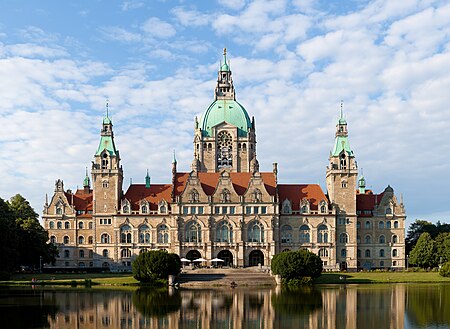
The New Town Hall (German: Neues Rathaus) in Hanover, Germany, is a city hall and was opened on July 20, 1913, after having been under construction for 12 years. It is a magnificent, castle-like building of the era of Wilhelm II in eclectic style at the southern edge of the inner city (outside of the historic city centre of Hanover). The building is embedded in the 10-hectare (25-acre) Maschpark . The Old Town Hall is no longer used as the main seat of administration, but houses businesses and the registry office.
Excerpt from the Wikipedia article New Town Hall (Hanover) (License: CC BY-SA 3.0, Authors, Images).New Town Hall (Hanover)
Trammplatz, Hanover Centre (Centre)
Geographical coordinates (GPS) Address External links Nearby Places Show on map
Geographical coordinates (GPS)
| Latitude | Longitude |
|---|---|
| N 52.367222222222 ° | E 9.7375 ° |
Address
Neues Rathaus
Trammplatz 2
30159 Hanover, Centre (Centre)
Lower Saxony, Germany
Open on Google Maps




